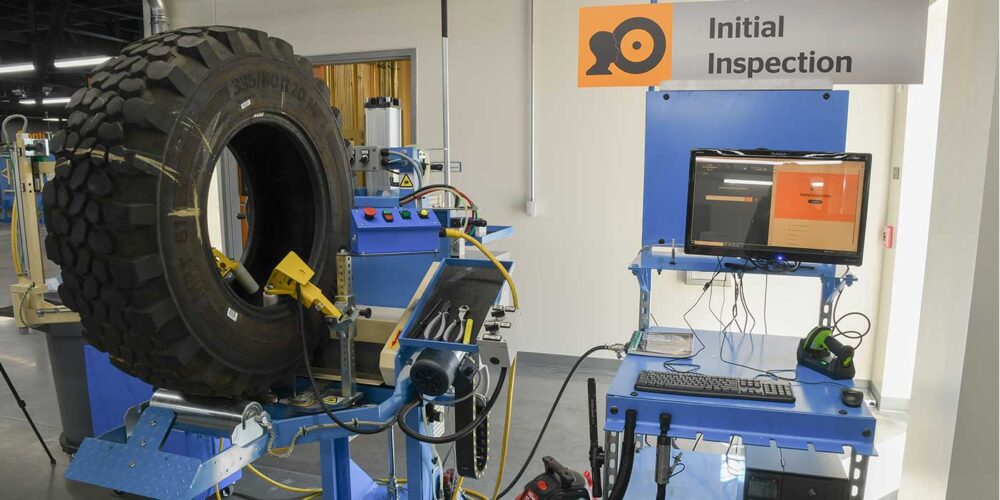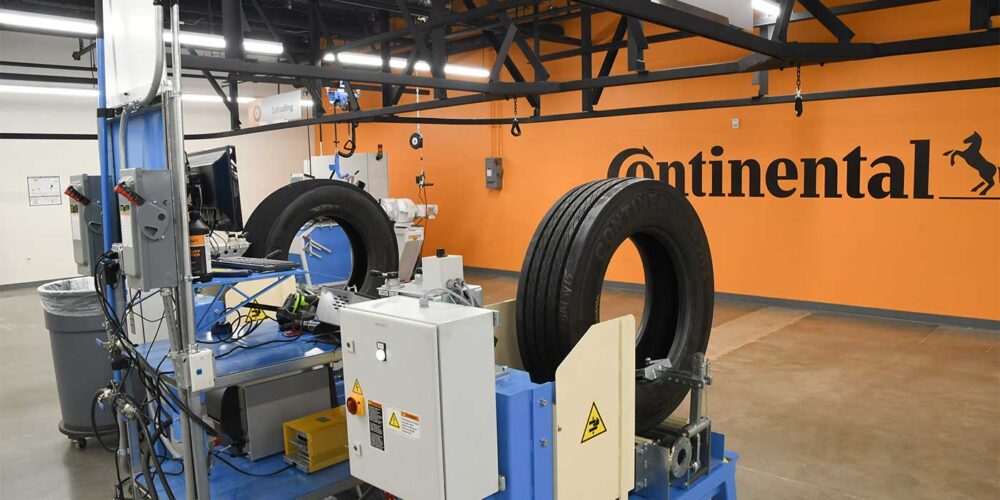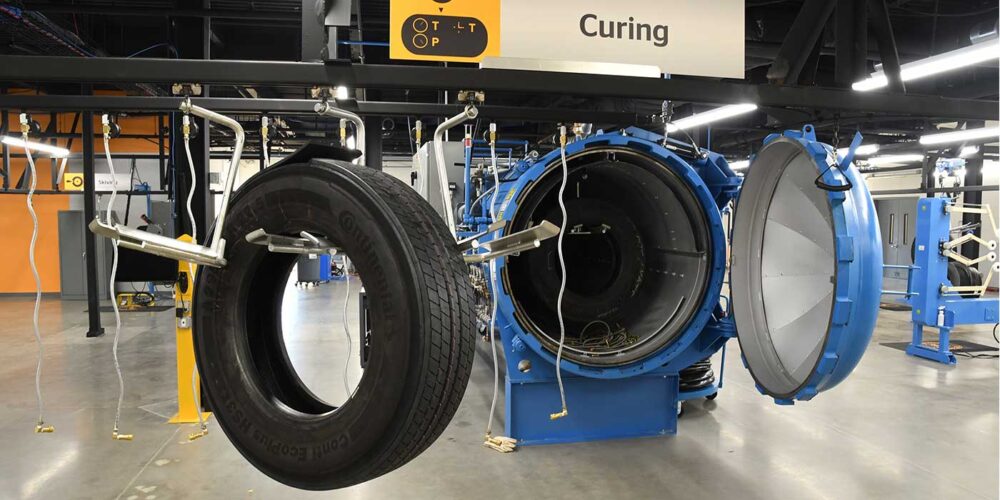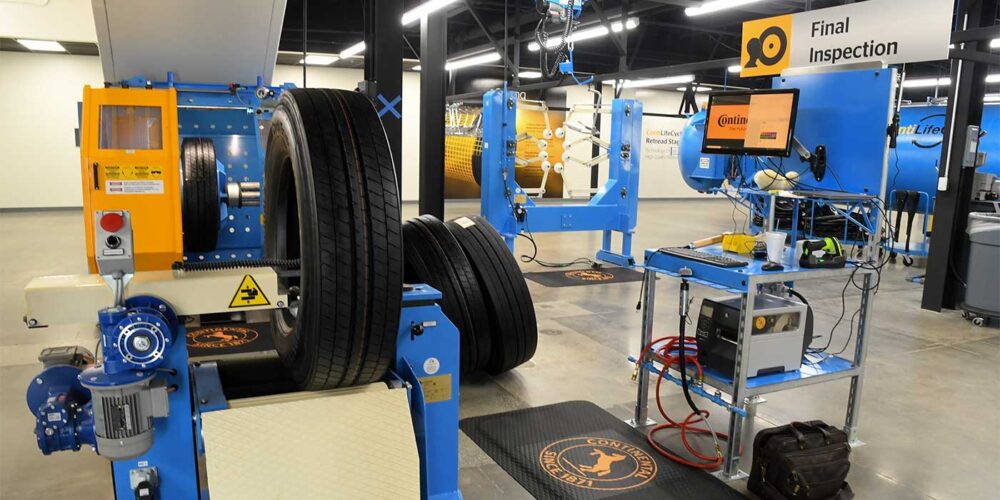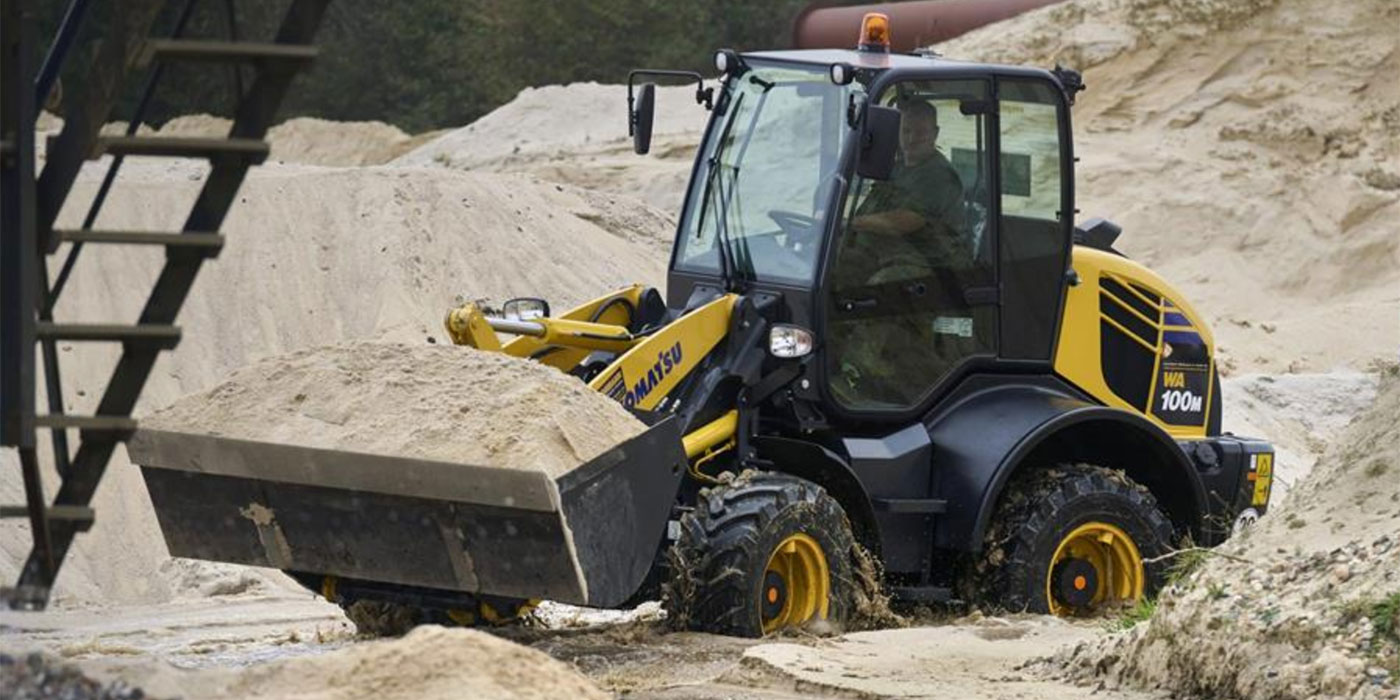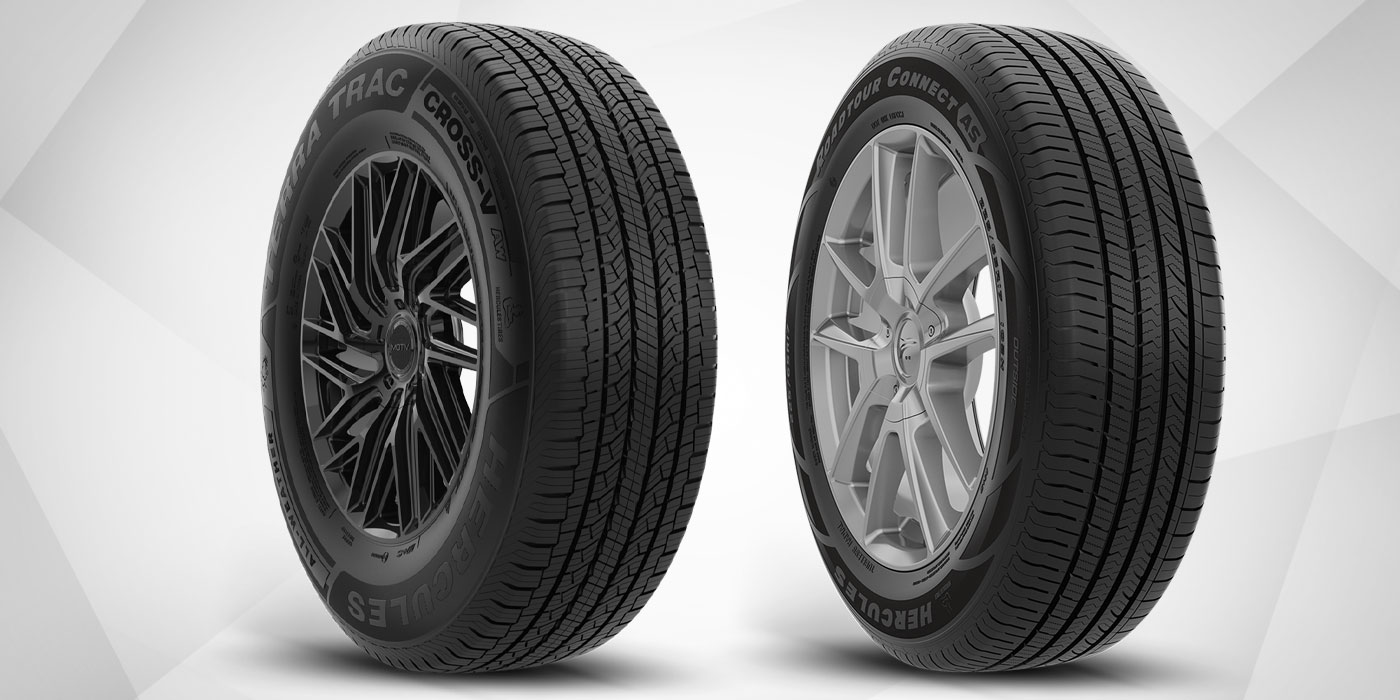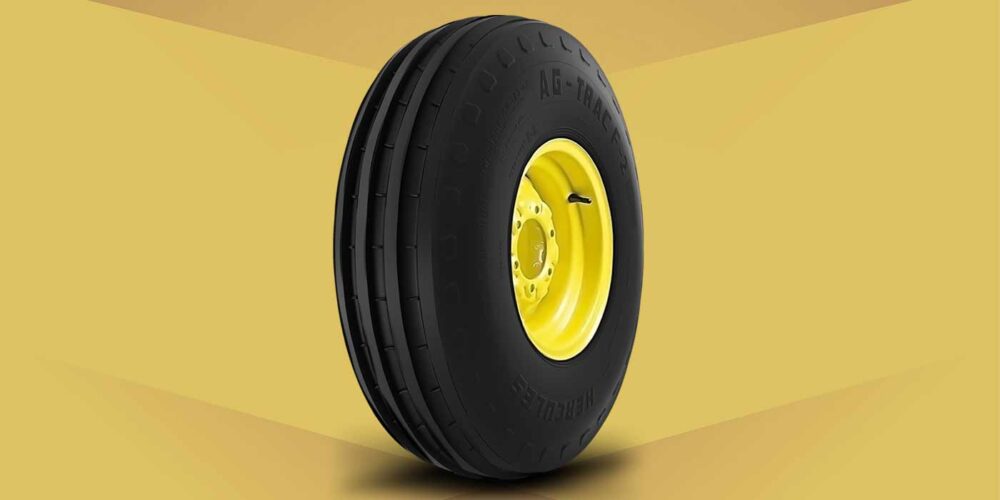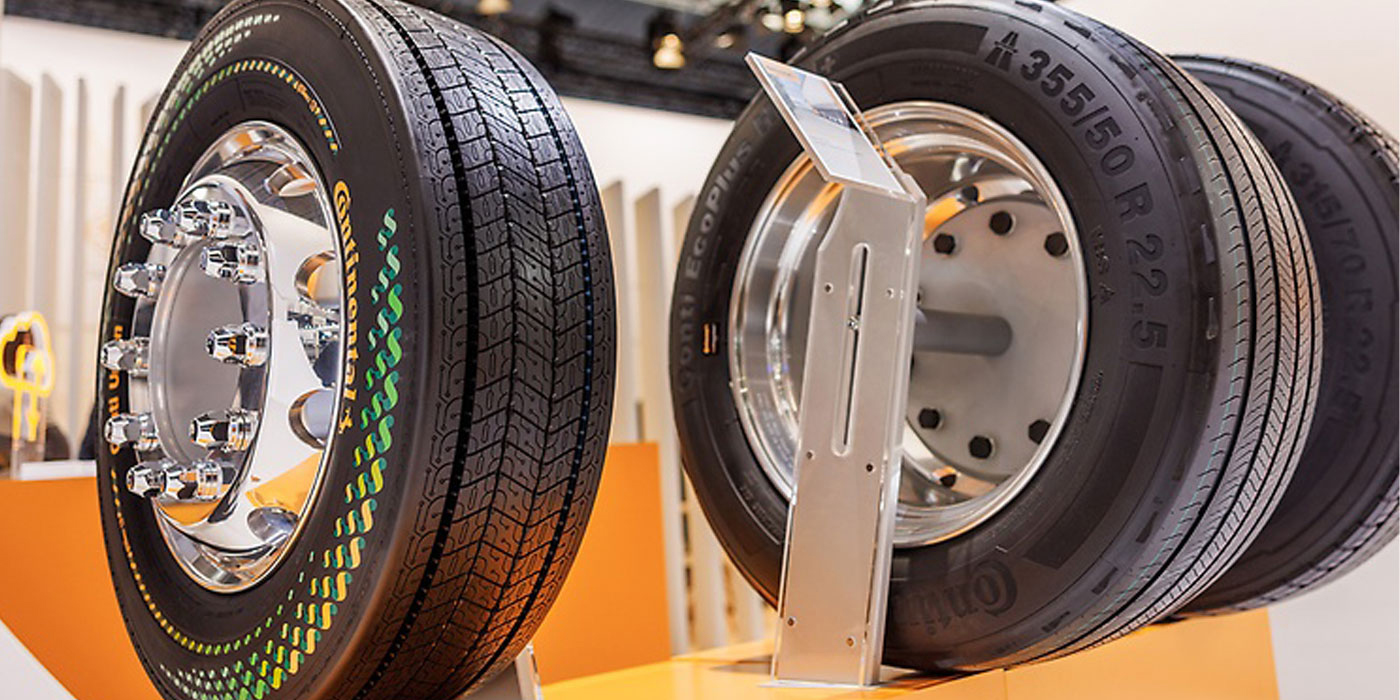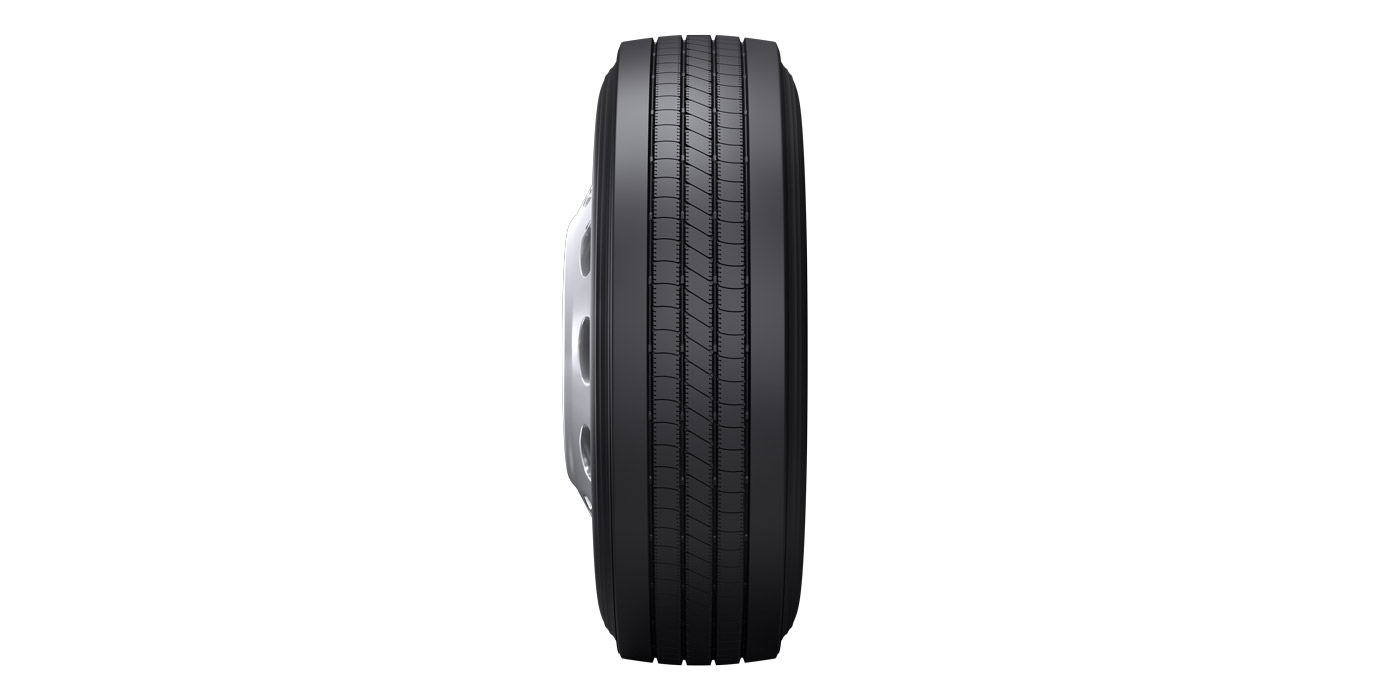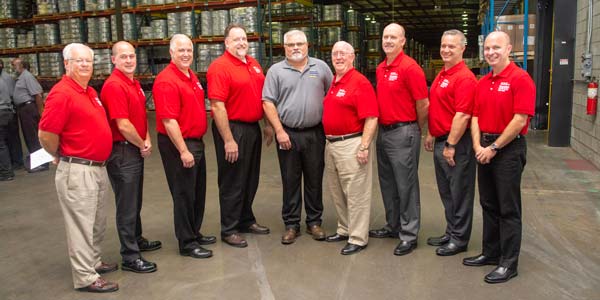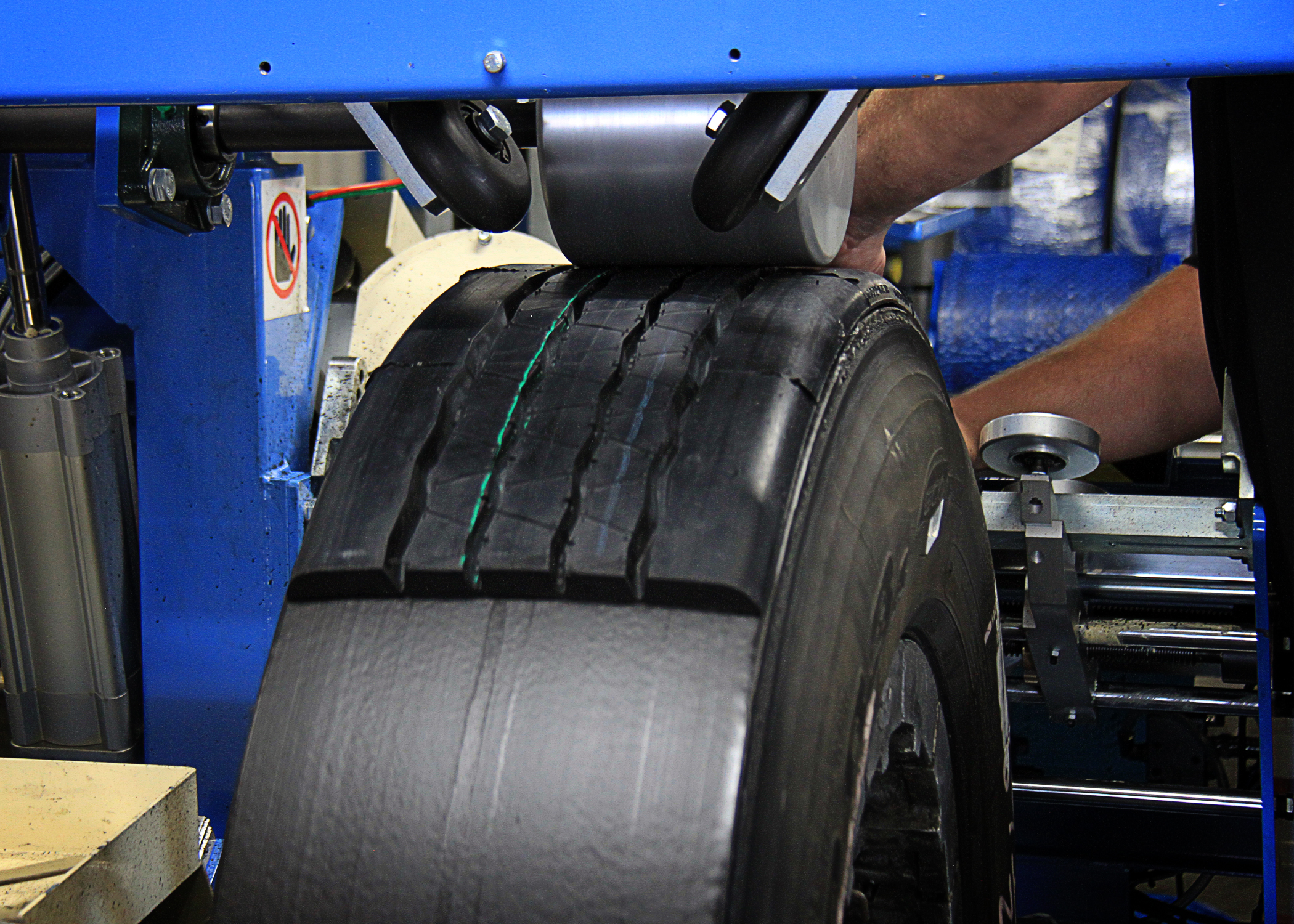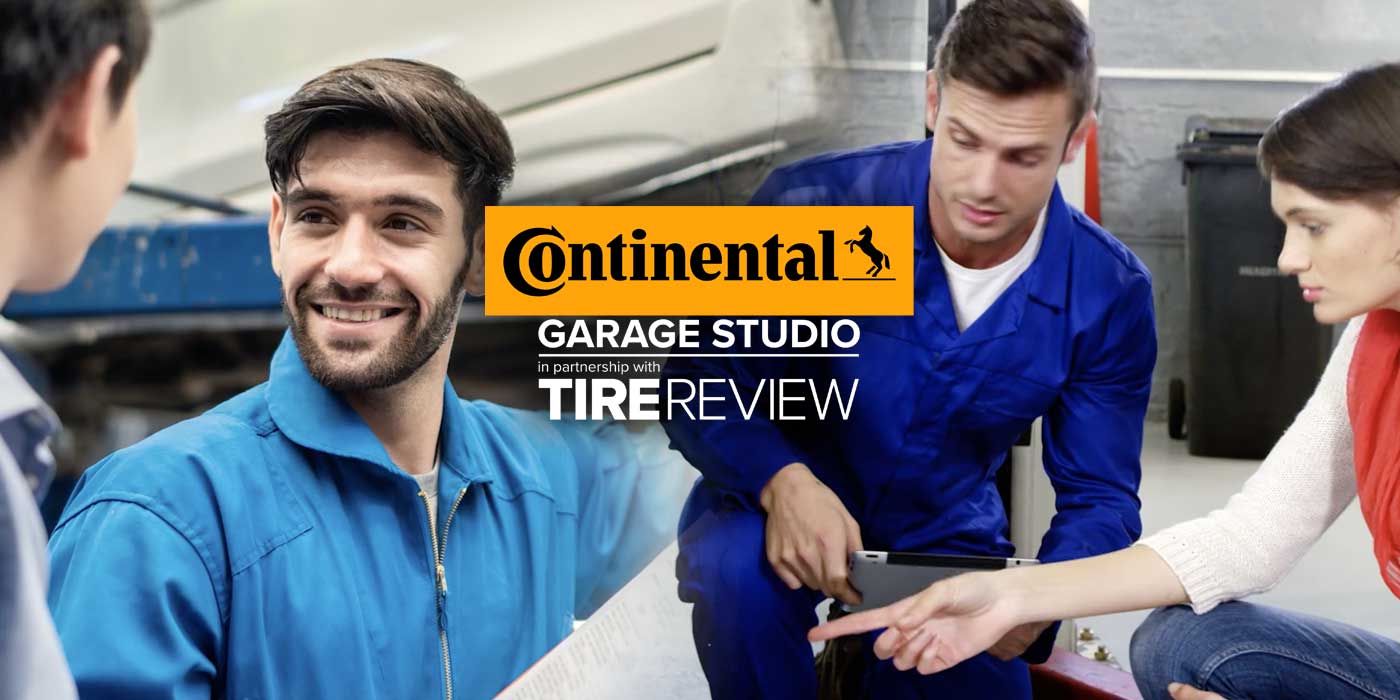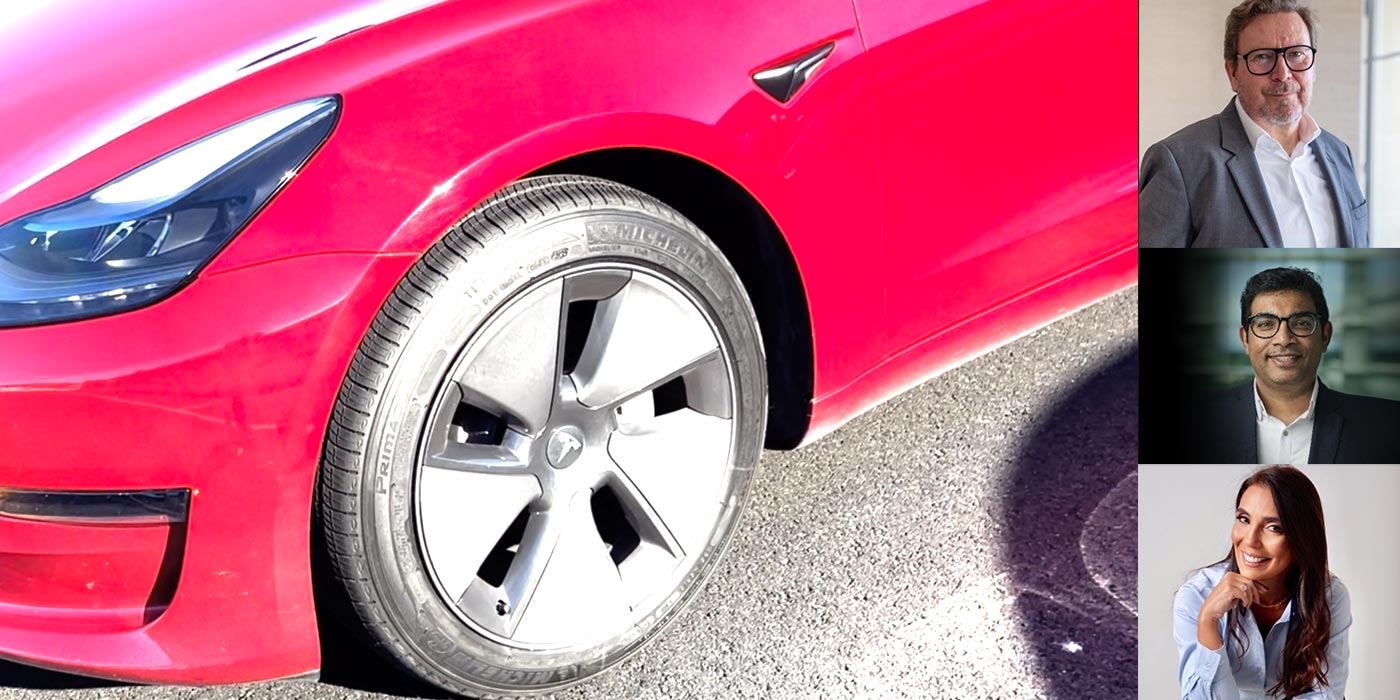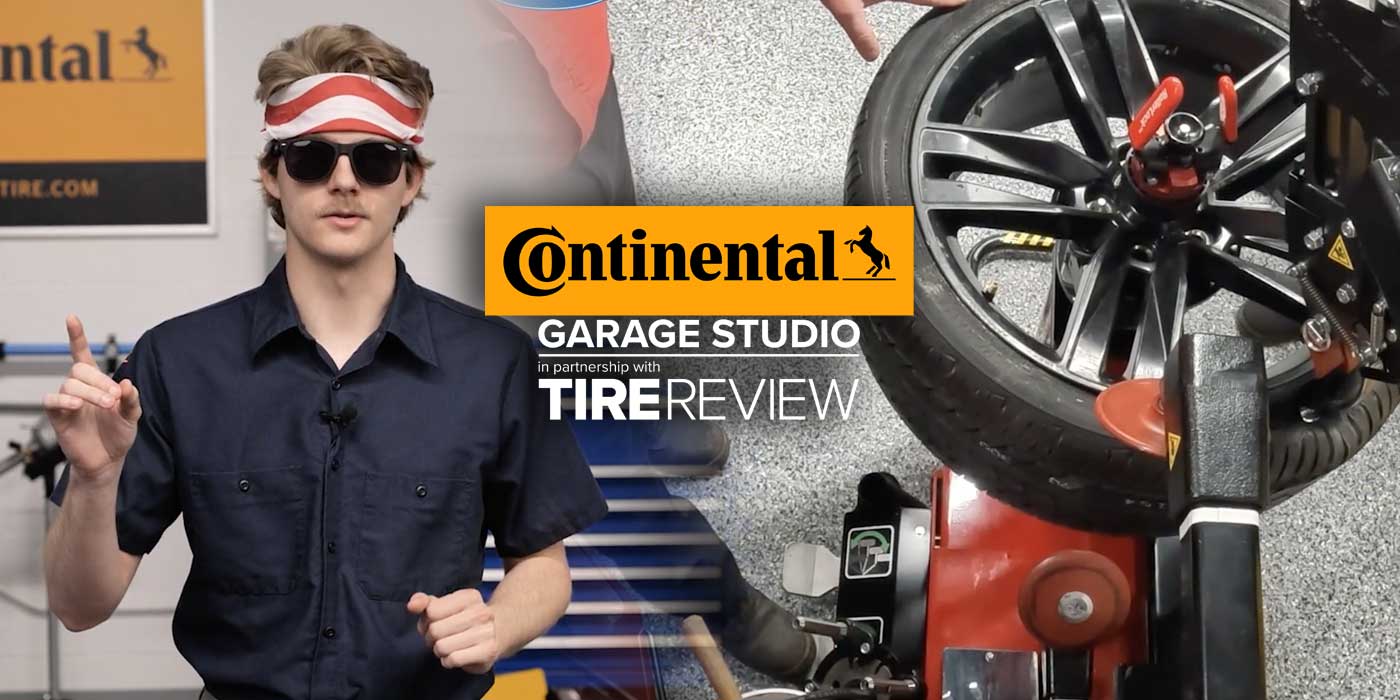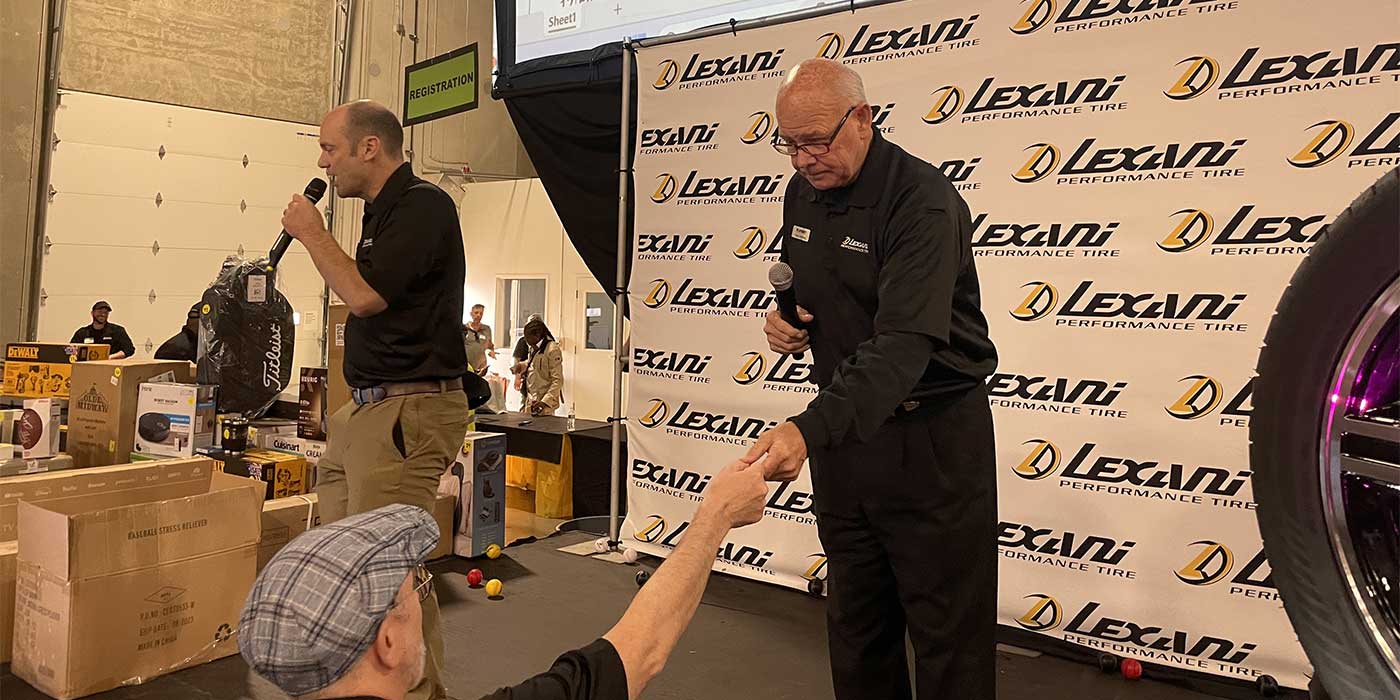Continental Tire recently opened its Continental Retread Solutions Development Center in Rock Hill, S.C., with a focus on retread process improvements and technology development. The goal, Continental says, is to bring “innovation and up-to-date retread processes to Continental’s Retread Solutions Partners and the fleets they serve.”
The center boasts retread technologies aimed at improving the main challenges that retreading faces in the marketplace, such as consistent hands-on training from miles away, tracking and managing carcasses, the efficiency of retreading and supporting mega fleet businesses.
“This center gives us a unique opportunity to continue to make advancements in the retreading part of our business,” says Shaun Uys, vice president, truck tires U.S. “Not only will we be able to continue to improve our process, but we can also now provide our Continental Retread Solutions partners with hands-on training from miles away.”
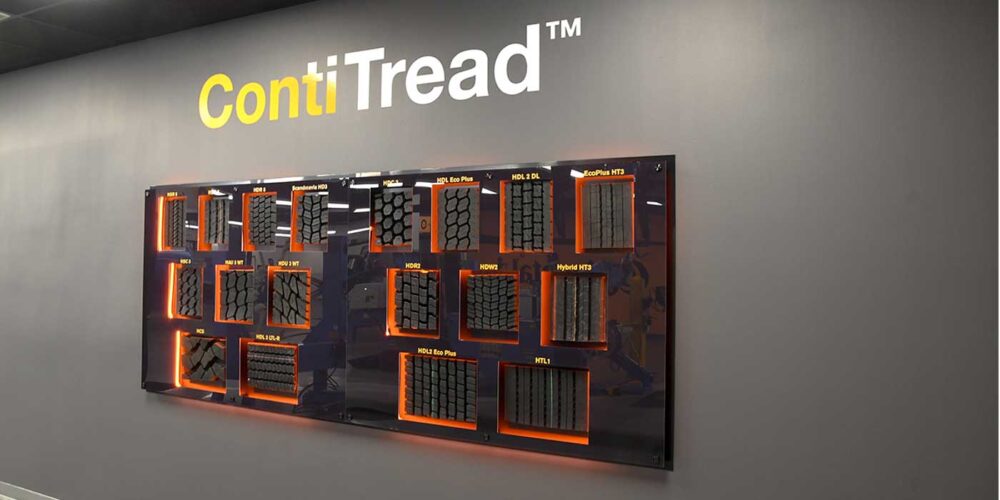
According to John Cox, head of retread truck tires Americas, one of the major concerns fleets tend to have with retreading is that there is potential for the original tire carcass to get mixed in with other carcasses, and thus the customer’s retread will not be done on the original carcass. To prevent this, Continental’s new retread center is testing a machine that can track the carcass throughout the retread process by scanning the sidewall. Utilizing RFID technology, the machine will show the tire’s identification – essentially a tire’s birth certificate – and ensure the carcass is tracked automatically throughout the retread process.
After the shop scans the tire, the RFID technology will then communicate with every other retread machine to say the tire model, size and tread. From there, the machines are automated to those specifications and ensure the correct carcass gets the tread it needs. This can then help to track the life of the tire as well, Cox says. As the carcass goes through multiple lives, the retread owner can see how the tread and carcass are wearing over time.
To preserve the life of a carcass, the development center also features a shearography machine that examines the inside of the tire to find imperfections that are not visible to the human eye. Once the shearography machine identifies the imperfections, the retread operator marks the imperfection so it can be addressed further in the process.
Continental is also testing out virtual reality goggles to allow the Continental team to examine a tire, carcass and retread alongside their partners.
Designed as a retread shop, Uys says the center allows Continental to test new processes in a similar environment as is used by the company’s Continental Retread Solutions partners. This center also provides Continental with the ability to train their Continental Retread Solutions partner from the center using the same equipment the partners use. Fleet owners will also be able to tour the center to see a firsthand account of the retread technology that is used on their tires when working with a Continental Retread Solutions partner.
